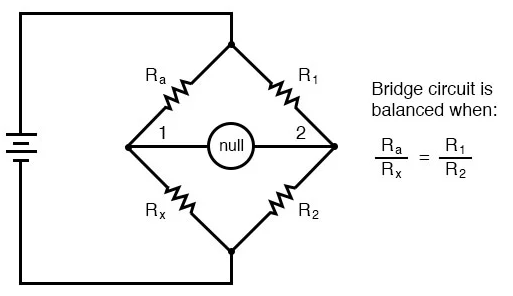
Bridge circuits are fundamental components in electronics, serving various purposes from measuring unknown electrical resistances to converting physical quantities into measurable electrical signals. These circuits, known for their versatility and precision, find applications across diverse fields such as engineering, physics, and even biomedical sciences.
Understanding Bridge Circuits
At its core, a bridge circuit comprises four resistive arms forming a closed loop, with an input voltage applied across one pair of diagonally opposite corners. Depending on the configuration and components used, bridge circuits facilitate several functionalities, primarily relying on the principle of balancing.
Types of Bridge Circuits
Wheatstone Bridge
The Wheatstone Bridge, a classic configuration, primarily measures unknown resistances by balancing the ratio of known resistors against the unknown one. When the bridge is balanced, the voltage across the center connection (or nodes) becomes zero, indicating equivalence between the known and unknown resistances.
Kelvin Bridge
The Kelvin Bridge, an adaptation of the Wheatstone Bridge, allows precise measurement of low resistances by eliminating the impact of lead resistances. This design employs four terminals: two for the current and two for voltage, ensuring accuracy in resistance measurements.
Capacitance Bridges and Inductance Bridges
Bridge circuits aren’t limited to resistive measurements alone. Capacitance and inductance bridges exist, enabling accurate measurement of capacitance and inductance values, respectively. These variations operate similarly to the Wheatstone Bridge but involve capacitors or inductors in place of resistors.
Applications in Engineering and Sciences
Strain Gauge Measurements
Bridge circuits play a pivotal role in strain gauge measurements, which detect changes in mechanical strain. When a strain gauge undergoes deformation due to stress, its resistance alters. Employing a Wheatstone Bridge configuration helps measure these minute changes with high precision, crucial in structural engineering and material testing.
Load Cells and Force Sensing
Load cells, integral in weight measurement systems, use bridge circuits to convert mechanical force or weight into electrical signals. These circuits facilitate precise readings crucial in various industries, including manufacturing, aerospace, and healthcare.
Biomedical Instrumentation
In biomedical instrumentation, bridge circuits find applications in measuring physiological parameters such as blood pressure, temperature, and even in bioimpedance analysis. The accuracy of measurements is vital for diagnosis and monitoring of patients.
Advanced Applications
Oscillator Circuits
Bridge circuits also form the basis of oscillator circuits used in generating stable and precise frequencies. Wien bridge and twin-T oscillator circuits are examples that utilize bridge configurations to produce specific frequencies for applications in signal generation and testing.
Network Analysis and Filters
In electronics, bridge circuits aid in network analysis and filter design. By using bridge configurations in conjunction with operational amplifiers and other components, engineers can design complex filter networks to manipulate signal characteristics.
Challenges and Advancements
While bridge circuits offer high precision and accuracy, they are sensitive to environmental factors like temperature variations and stray capacitances or inductances. Technological advancements and calibration techniques continually improve the performance of these circuits, reducing their susceptibility to external influences.
Conclusion
Bridge circuits, in their various configurations, stand as pillars of precision measurement and signal processing in diverse fields. Their ability to convert physical quantities into electrical signals with high accuracy has made them indispensable tools in engineering, sciences, and numerous technological applications. As technology advances, these circuits continue to evolve, ensuring enhanced accuracy and reliability across a spectrum of industries and disciplines.
